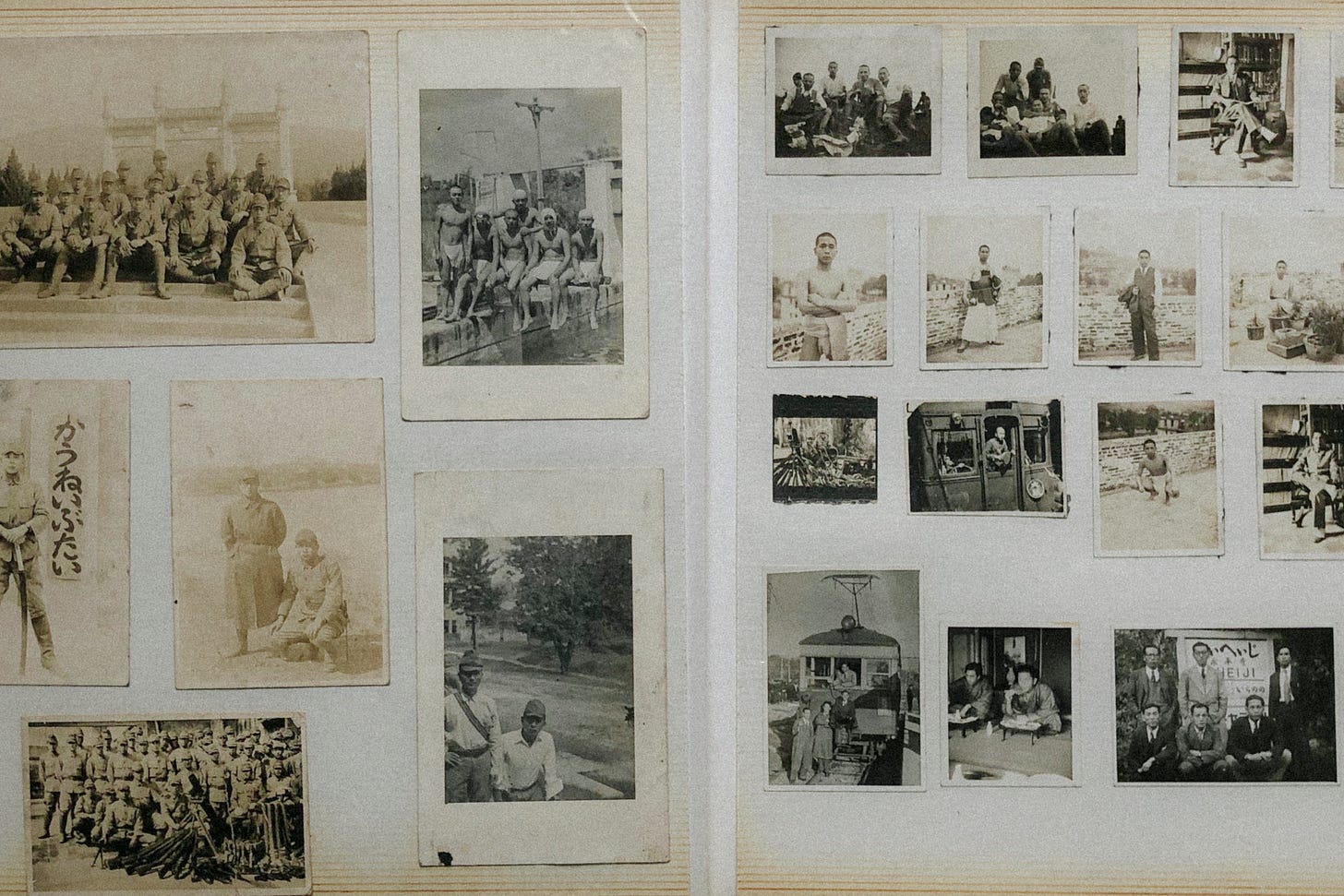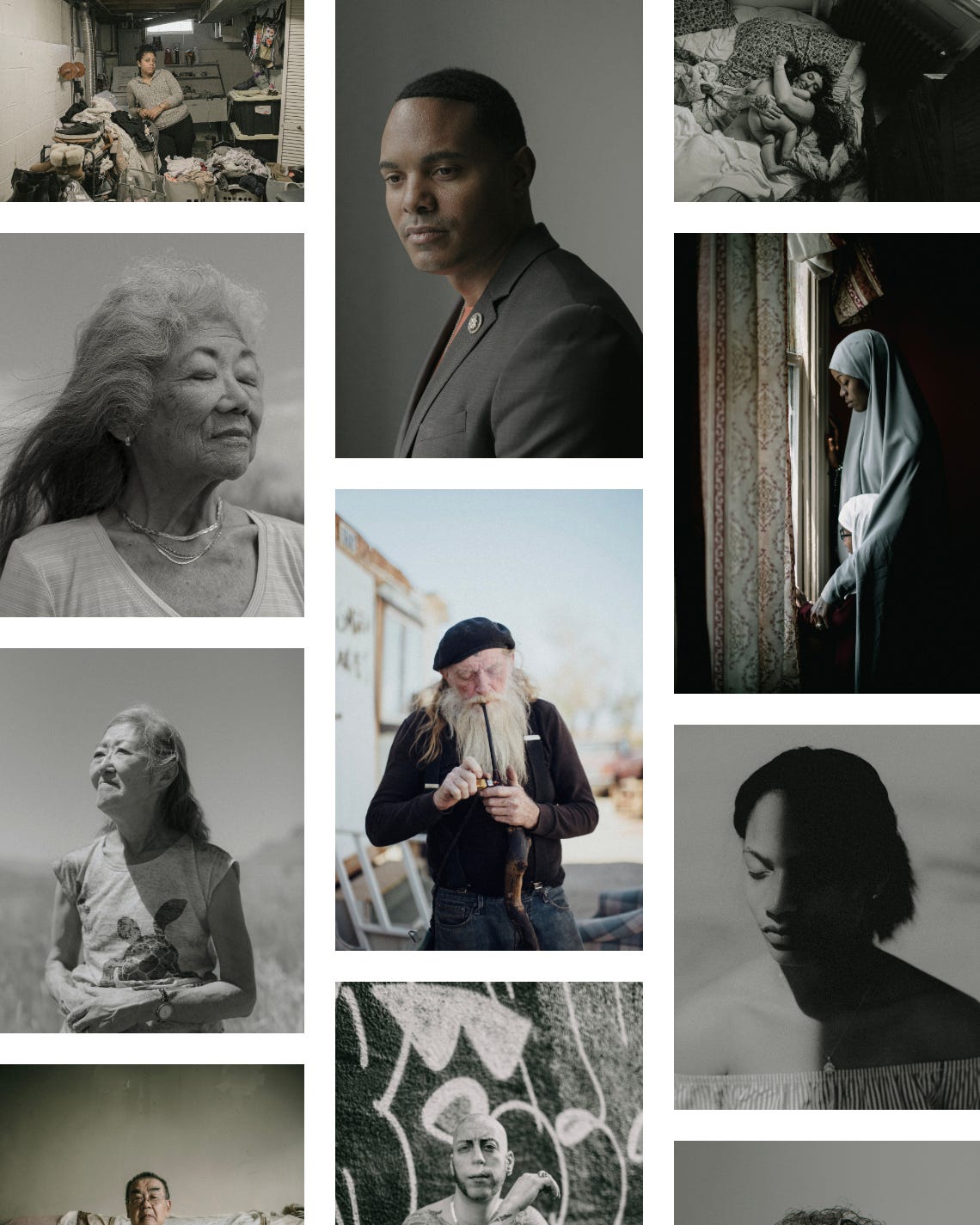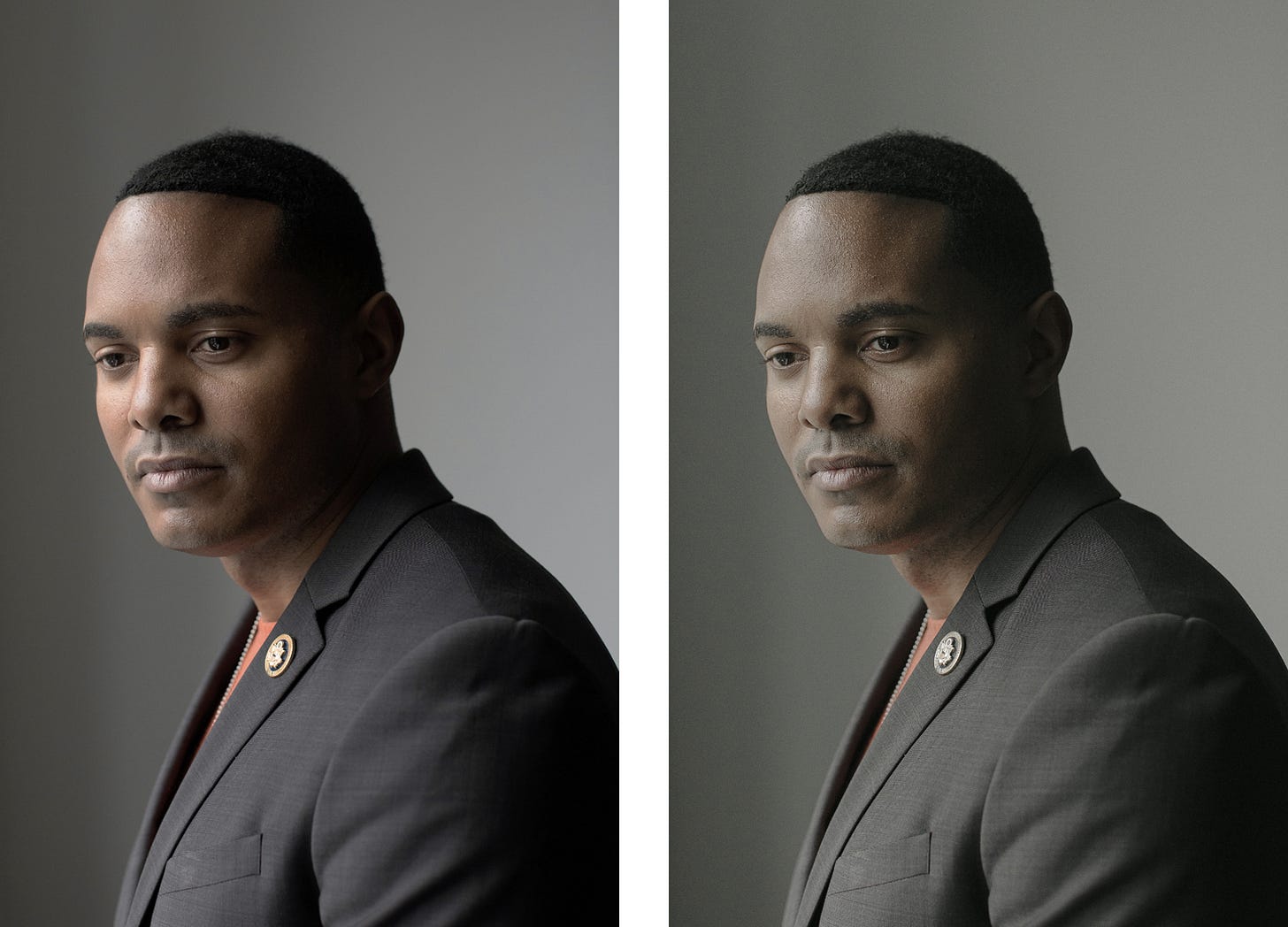In a saturated field where thousands of photographers are vying for the same assignment, editors aren’t just hiring competent photographers who can get the job done. They’re hiring ones who can approach it with a distinctive style.
In this subscribers-only Studio Hours post, I’ll break down how to refine your visual identity by focusing on three key components: toning, lighting, and cadence.
Identifying Your Tonal Language
In editorial photography, post-production wizardry is strictly off-limits. Until the late 1990s, it was standard practice for photographers to drop off their film at the photo desk, leaving the culling, developing, and printing entirely in someone else’s hands.
Thankfully, photographers today have more creative input—though most publications still limit post-production to cropping and toning. As a result, toning has become one of the key ways editorial photographers distinguish their work from others.

Your tonal language isn’t a one-click preset. It’s something that emerges over time, often shaped by early visual memories and the stories that define your practice.
Mine took nearly a decade to develop. It leans warm, with olive-gray undertones and subdued highlights—a color profile I trace back to Fujicolor 100, the film stock my grandfather used to photograph our family in the 1960s.
It’s rooted in sweltering summers in my grandparents’ attic in Osaka, flipping through weathered family albums and tracing my origins through matte prints of relatives I’d never met. Those afternoons felt like a quiet ancestral embrace—rare moments of belonging in an otherwise unmoored childhood. I’ve been trying to recreate that feeling of belonging and continuity through photography ever since.
Keep reading with a 7-day free trial
Subscribe to Framework to keep reading this post and get 7 days of free access to the full post archives.






